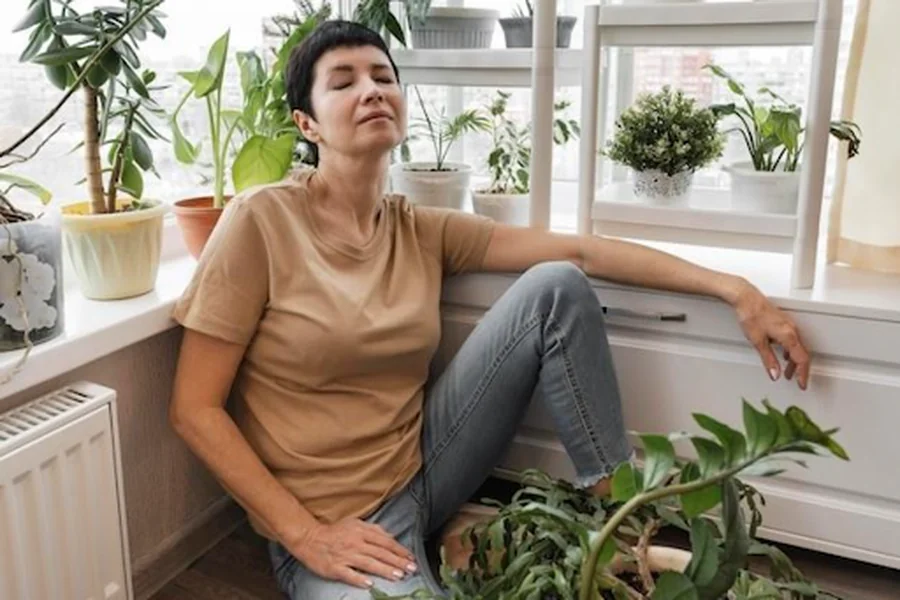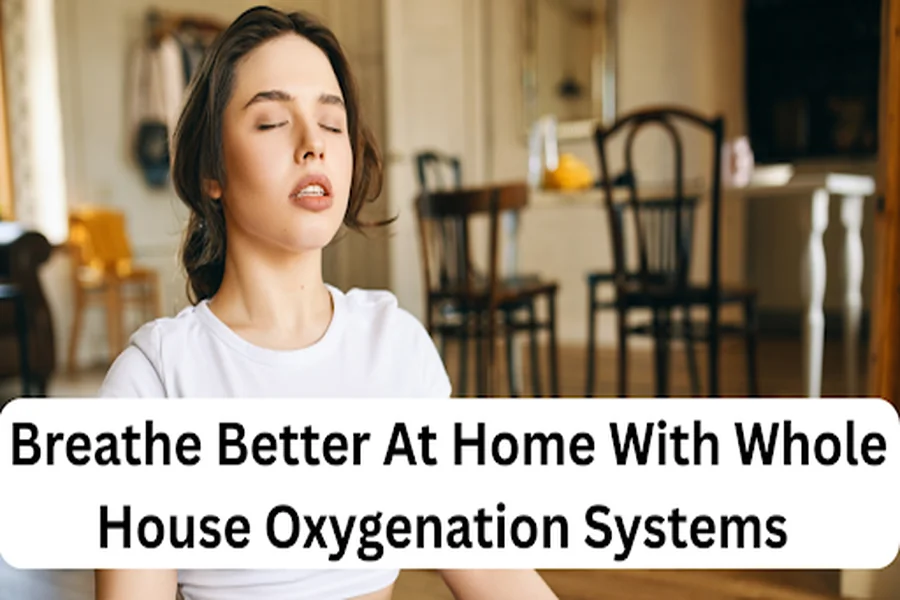You remember when you emerge outside your house after spending long hours indoors, take a deep breath, and suddenly realize how stale the air in your house has become?
It’s not your imagination. Most of us with nicely constructed homes never keep oxygen levels at their best, particularly upstairs.
You may not even recognize it at the beginning, but the symptoms accumulate: perpetual fatigue, poor sleep, infuriating headaches, or even mental fogginess. The issue isn’t always indoor air quality in the traditional sense; it’s oxygen.
We care more about removing the impurities or controlling humidity, but never so much about oxygen level. But it’s one of the most important variables in how we perceive and work within our own homes.
So, how do you address something you can’t see or smell?
That’s where whole-house oxygenation systems come in, not as a luxury, but as a functional solution to make it easier for you to breathe, think clearly, and live more fully in your own home.
Let’s break it down.
Why Oxygen Levels Drop Indoors—Especially At Altitude

At higher elevations, the air will be less oxygen-rich. But even on the ground, new homes are built to be airtight, limiting the transfer of fresh air. Add to that typical household use, such as cooking, heating, and even breathing, and the oxygen content can be reduced further.
If you reside in or travel to a mountain town, the issue is apparent. Shortness of breath, insomnia, or slowed thinking are symptoms too readily written off as stress or fatigue.
That is where whole house oxygenation systems come in. These are specifically designed to supply healthy amounts of oxygen throughout the home, particularly in high-altitude climates, by enriching the air pulled in.
Home oxygen management is more than a luxury. It’s a smart, health-focused upgrade that enables you to give your all every day.
How Whole House Oxygenation Systems Work
These are not humidifiers or air cleaners. They are built to enhance oxygen levels in indoor air without influencing pressure or temperature.
Using technology borrowed from medical and flight environments, they bring indoor air in, remove nitrogen, and augment oxygen levels to more comfortable percentages.
The result?
A space that simulates sea-level oxygen levels, even if you are thousands of feet above it. Installed right into your HVAC system or as a separate unit, the system works around the clock to control oxygen levels throughout your house.
What this really means is it allows you to sleep more deeply, think clearly, and be overall healthier, simply by enhancing the air you breathe.
The Health Benefits You’ll Actually Feel

You don’t need to be an athlete or have some medical issue to benefit from better oxygen. When your body gets the right amount of oxygen, everything is more efficient— your brain, your heart, your muscles.
When breathing at altitude, or even just in a sealed-off suburban zone, the inequality of oxygen can lead you to low energy, low sleep, and low mood for a lifetime. A whole-house oxygenation system is intended to help the oxygen inequality.
This shift is subtle, but powerful. You are not adding additional stimulants or other supplements; you are just providing your body with what it was designed to thrive on – more oxygen.
Why Traditional Ventilation Isn’t Enough
Fresh air can be circulated by opening a window or by using an air exchange system, but it does nothing to alleviate the oxygen issue, particularly at higher altitudes. That is because the incoming air has compromised oxygen.
Ventilation will eliminate odors or staleness, but it cannot provide what your body requires. Even the best air purifiers only concern themselves with particulates and allergens.
Whole-house oxygenation takes it further. It boosts the actual oxygen level of the air, which standard ventilation systems cannot do. Therefore, if you are using fans, open windows, or air filter conditioners to assist in making you healthier, perhaps it is time to refresh your strategy.
Customization Based On Home Size And Elevation
Not all houses or oxygen needs are the same. That’s why these systems are tailored to your square footage, design, and elevation.
A 9,000-foot cabin will require a different setup than a 5,000-foot suburban home. The system measures your home’s volume of air and the target amount of oxygen, and it adjusts from there.
Sensors maintain measured conditions on an ongoing basis and regulate flow rates automatically so that your ideal oxygen concentration is maintained. Accuracy matters. You get consistent levels throughout your house, not just in one room.
Whether you’re sleeping, working, or having company over, everyone can breathe easier. It’s a silent, behind-the-scenes adjustment that makes your entire area easier to be around.
Long-Term Value and Peace of Mind
Installation of whole-house oxygenation systems is not a sporadic bout of health but an investment in wellness for the long run. Unlike room units or portable ones, they operate consistently inside your home.
They do not require maintenance, and their energy needs are surprisingly low for all the benefits that they offer. The system can contain altitude-related medical conditions, improve productivity, and even athletic performance in the long run.
More significantly, it provides you with peace of mind. You do not have to worry about whether your indoor air is quietly eroding your health. With oxygenation, you can be sure that your home is working for your health every hour of the day.
Conclusion
Most of us don’t think about oxygen levels except when we are on a mountain climb or stepping off an airplane. But in the house, where we spend most of our time, oxygen counts more than we know.
Whole-house oxygen systems gently replace what modern buildings and high-altitude strip away, delivering oxygen to your body so it can function, heal, and renew.
If you’ve been feeling funky and can’t quite place your finger on it, don’t just consider diet, sleep, or stress. Consider your air. Because when you breathe better, everything else begins to feel better, too.






